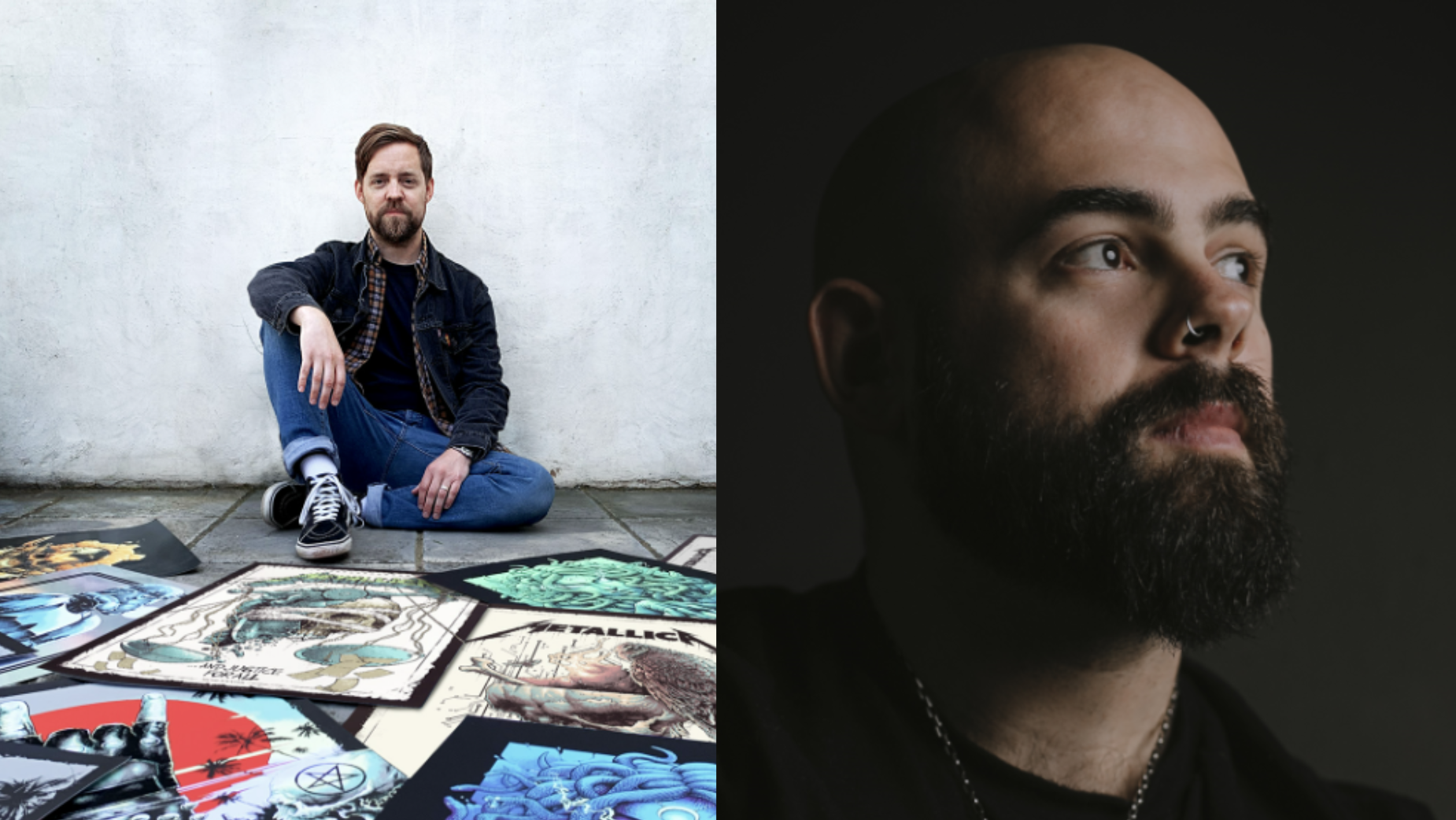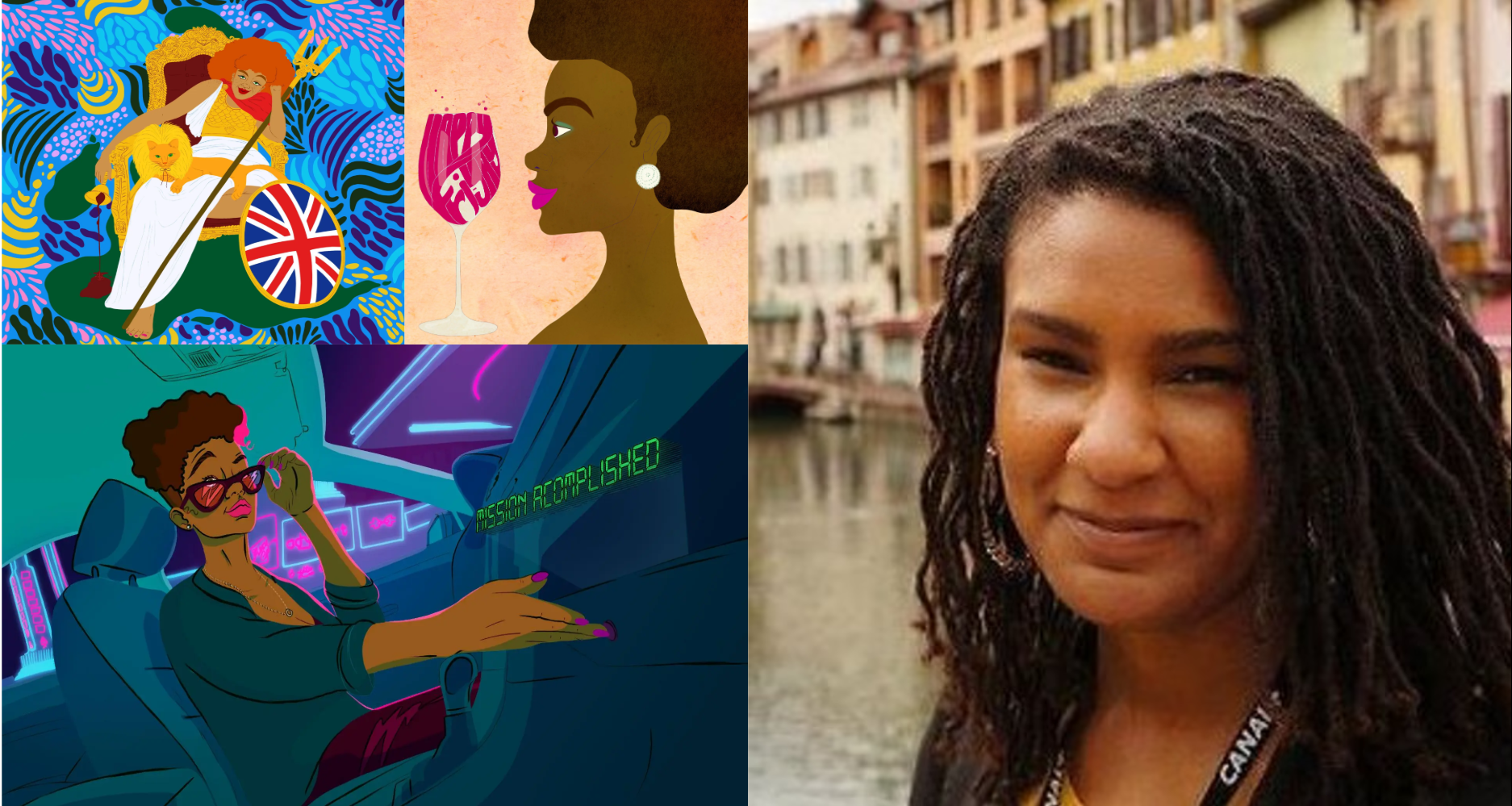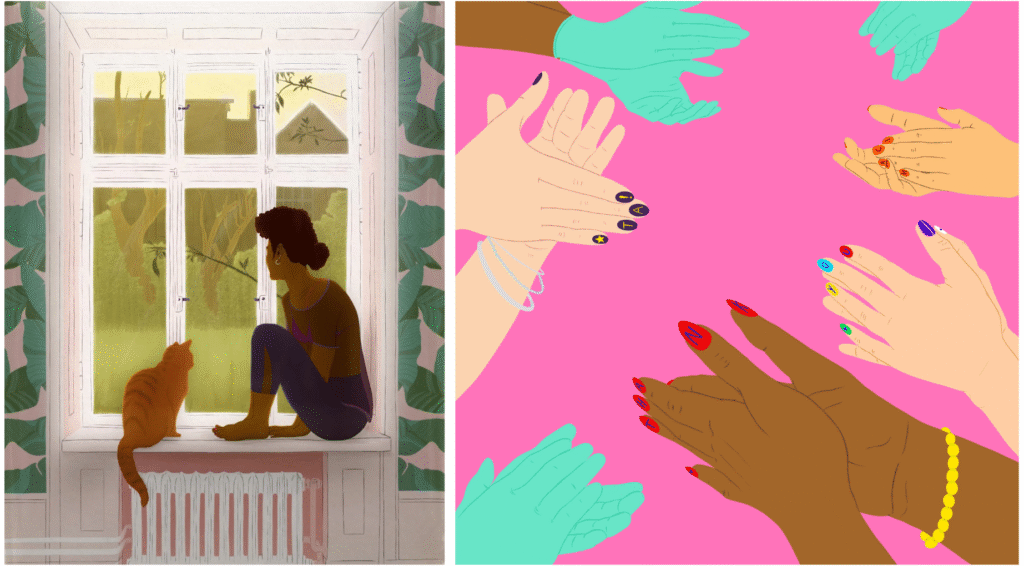Two NERDs Billelis and Luke Preece recently embarked on a demon slaying project for the iconic ‘Doom The Dark Ages’. We recently caught up with the pair to discuss their joint love of video games and how they’ve inspired and influenced their work of the years.
How did the Doom project start?
Luke> Billy approached me earlier in the year and asked if I’d be up for doing another collab on Doom after the success of our previous one. Obviously I said yes. I love making stuff with him.
Were you already a fan of the iconic Doomguy’s demon slaying shenanigans?
Billy> I mean he is a video game icon haha. I remember playing the OG as a kid (without my parents knowing), and had this divine rebellion/inspiration. It is absolute carnage and a release, bashing demons back to hell is a very cathartic experience. So yes you can say I was a huge fan haha.
Luke> Absolutely! I played the original games back in the early ‘90s and have continued to play all of the subsequent titles in the series.
Have you noticed a change in how video games are now marketed and advertised?
Billy> The gaming industry has changed so much,but imo what matters the most is the gamer’s experience and fun. Microtransactions and all that ruin the experience. I game because I want to feel free to explore another realm, to lose myself, to become someone else for those hours. I love my life but also becoming a tanked demon slayer is pretty epic haha.
Luke> Back in the late ‘80s and early ‘90s the only way you’d find out about new games was word of mouth or in magazines. That and watching Gamesmaster on TV… Nowadays the industry is so huge that games are marketed like huge movies. That’s a massive step up so I guess you could say it’s changed quite a lot.
Have video games influenced or shaped your work?
Billy> Oh yes I have a whole leg tattooed with video game characters, I am 37 and still game a lot, and you could say it has been a childhood dream of mine. It’s important as artists to nurture our inner child especially as we get older. I have been very fortunate to do Art with Luke for Doom, and Diablo a few years back on my own, and I’ll never get over the feeling my inner child would get by working on these.
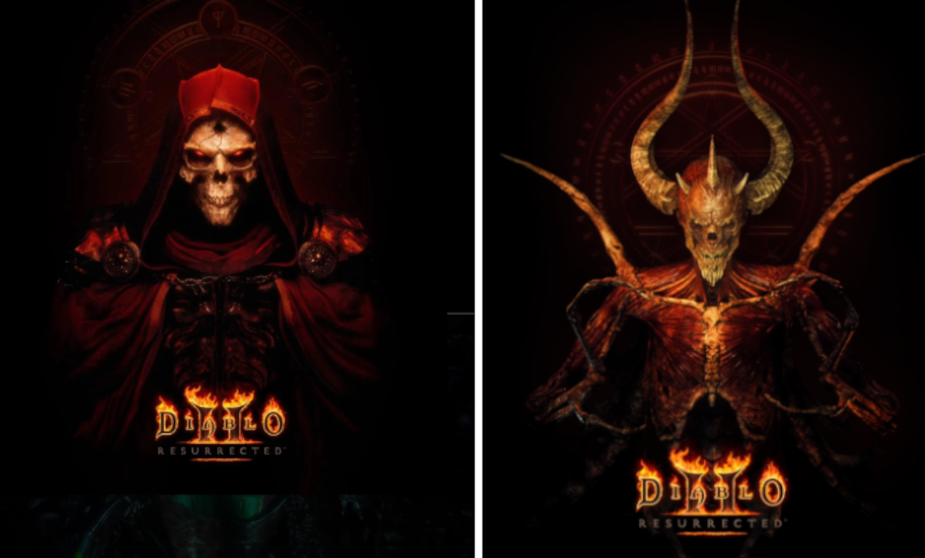
Luke> 100%. I play video games quite a bit and have done since I was very young. That has inevitably sunk into my subconscious and definitely comes out in my work.
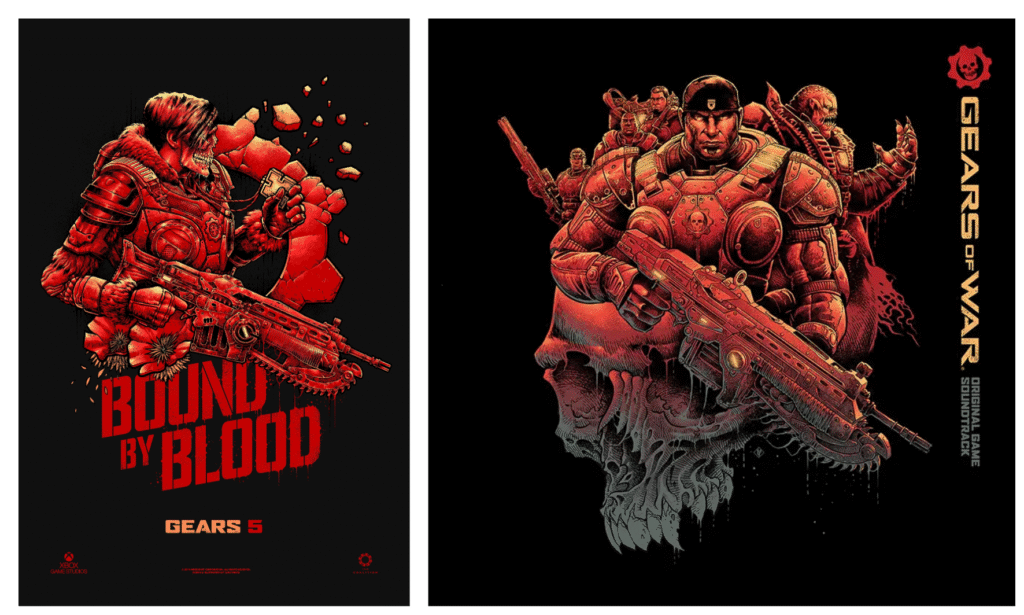
What do you enjoy the most about working on video game briefs?
Billy> Seeing all the incredible concept art and BTS that goes into these games. It’s amazing to put my own twist on these IP’s but I always get giddy and incredibly inspired to see what the artists of these studios have created before me. I feel honoured to put my spin on their creativity.
Luke> Getting to put my stamp on IPs I love. Essentially taking inspiration from the visuals and narrative and bring it together in a unique way whilst remaining relatable to the game.
Do you think video games as an artform are still misunderstood?
Billy> In the past, yes, I feel gaming is a key part of our culture and it truly is an artform. Everything from characters, to design, atmosphere, sound, emotion. Nothing comes close to it imo. You can watch a film and remember it, but I find games become unforgettable experiences, for me at least.
Luke> They used to be. And if I’m honest a video game used to be something you’d pick up and play for 30mins. Modern games are like these big blockbusters or yearly events that happen. It’s kind of crazy when you think about how much it has changed?!
If you could live inside any video game world what would it be?
Billy> As messed up as it would be, I’d love to live inside the Elden Ring.
Luke> Gotta be Zelda. I like the idea of hanging out in Hyrule.

